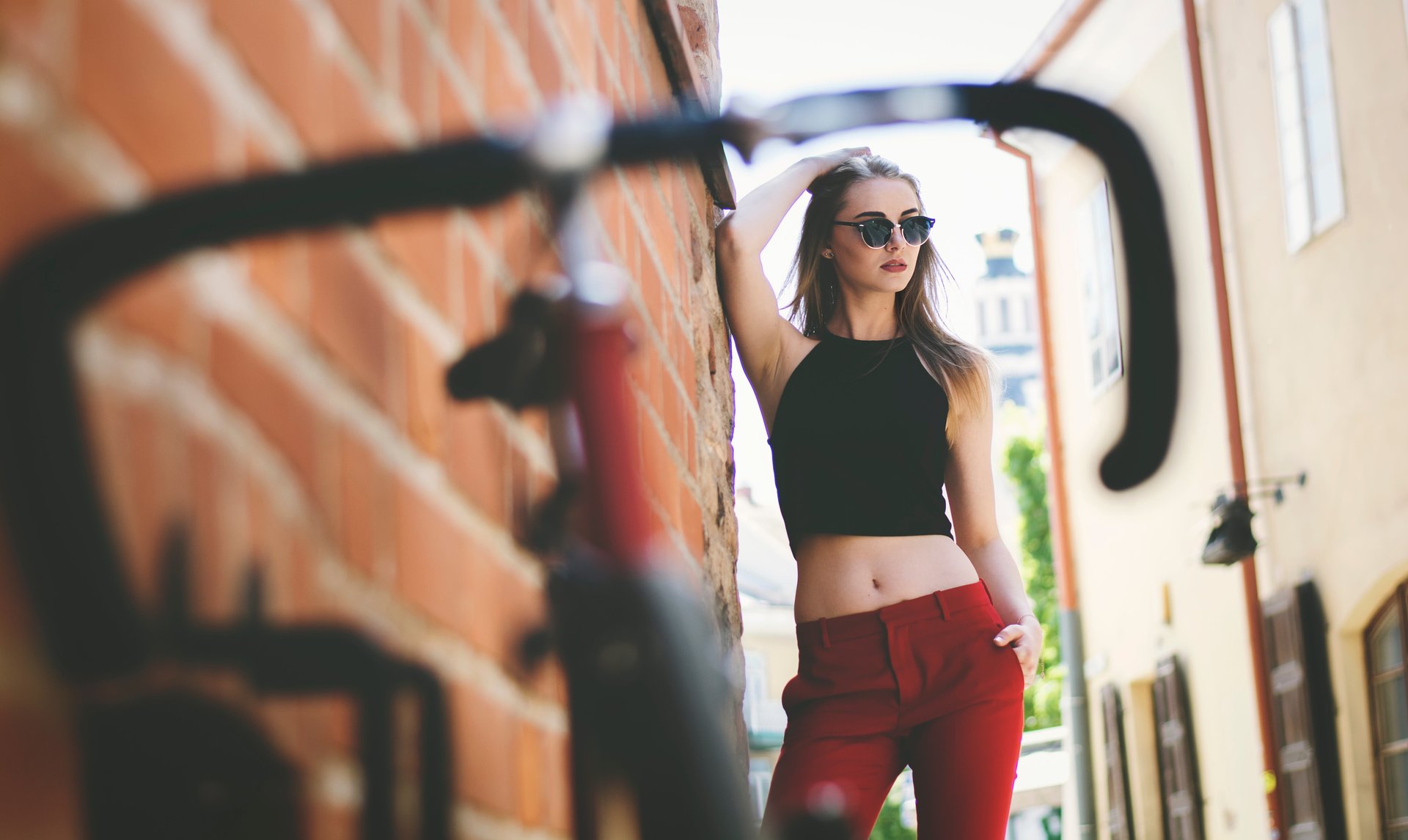The Movement in Arts

Movement Arts is exciting – like sports. Sports itself is an art form based entirely on movement.
Arts also uses movement. Visual movement is the principle of art, which can create the impression of movement and activity in works of art. Motion can be applied immediately to individual components of the composition or the entire composition. The pattern serves as a guide for composition. Our eyes have moved from one part of the object to another. The space between the subject’s performance determines the pace, the speed at which our eyes move around the composition.
10 Principles of Arts
The principles of art make us more objective in judging the reasons why a great painting is great. Many great artists ask their colleagues to break the rules. And, yes, letting go and living in the moment is a solid foundation for successful painting. As one of the greatest artists of all time, Pablo Picasso always said: “Learn the rules like a professional, so you can break the rules like an artist.”-Pablo Picasso
- Pattern is a design that repeats the arrangement of elements or sequence.
- The balance or balance of the image revolves around the visual distribution or weight of the elements in the artwork. When half of the visual weight is the same as the other half, the painting can be considered balanced.
- Emphasis is a way to emphasize a specific area in an artwork. Emphasis or highlighting is another way to emphasize key points in artwork.
- Whether it is painting or design, contrast is everything in art. Without them, a work of art can only be an empty surface.
- Texture contrast: the contrast between smoothing and texture. Many of Vincent van Gogh’s paintings are excellent examples of texture contrast.
- Compared with some other principles, harmony is very vague. Generally, it refers to how all visual elements work together in a piece of art. Elements of harmony should follow a certain logical order or consider the relationship between them.
- Unity refers to a connection between all visual elements in the artwork.
- Diversity refers to the use of different qualities or characteristics of visual elements. With diversity, areas that are monotonous or repetitive can be broken down.
- Your colors cannot be moved physically, but you can arrange the colors to give the illusion or impression of movement. In this way, you can guide the viewer through the picture, or you can create movement through repetition or patterns.
- Proportion is related to the relationship between the dimensions of different parts of the artwork. Proportion refers to the size of an object compared to other environments. Proportion is different from proportion. The proportion refers to the size of the entire object, and the proportion value refers to the relative size of each part of the object.
Conclusion about the art movement
The art movement is almost never boring. similar from this site https://fidgetsguide.com/best-lacrosse-sticks/It brings tension, drama and overall composition interest to art and design. Don’t be afraid of actions and motivations involved.



